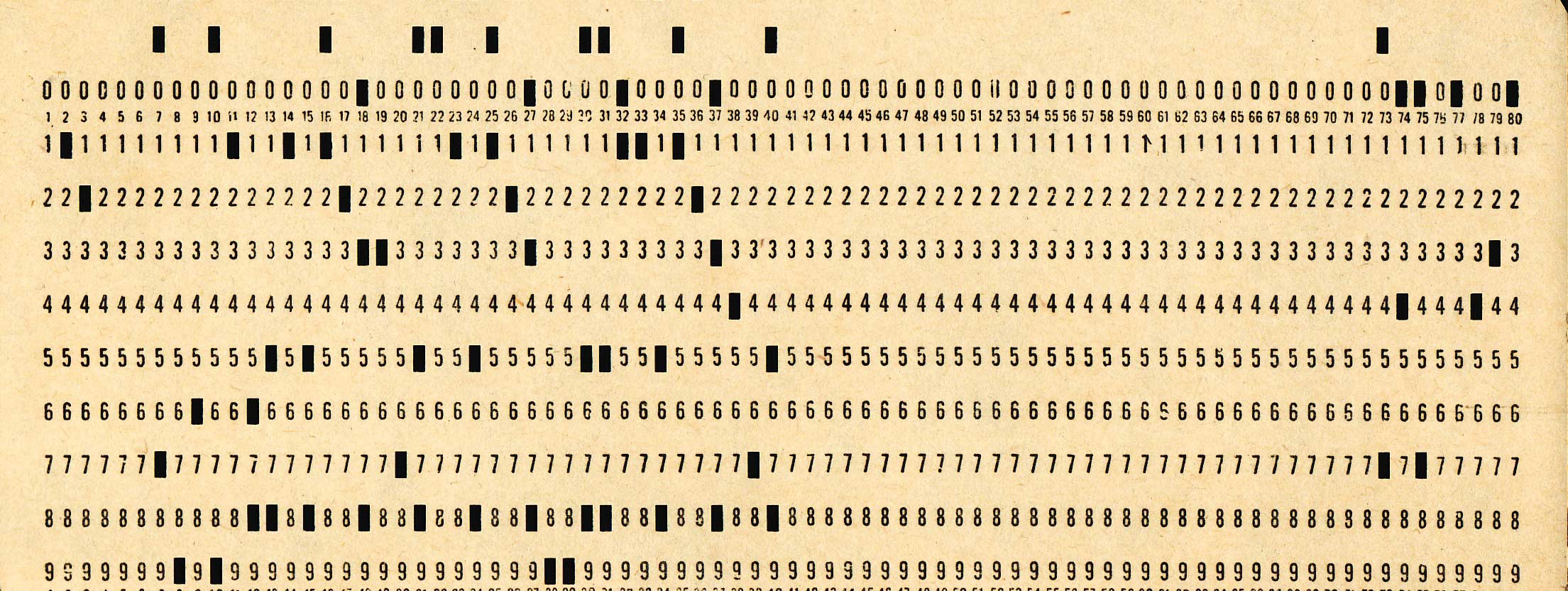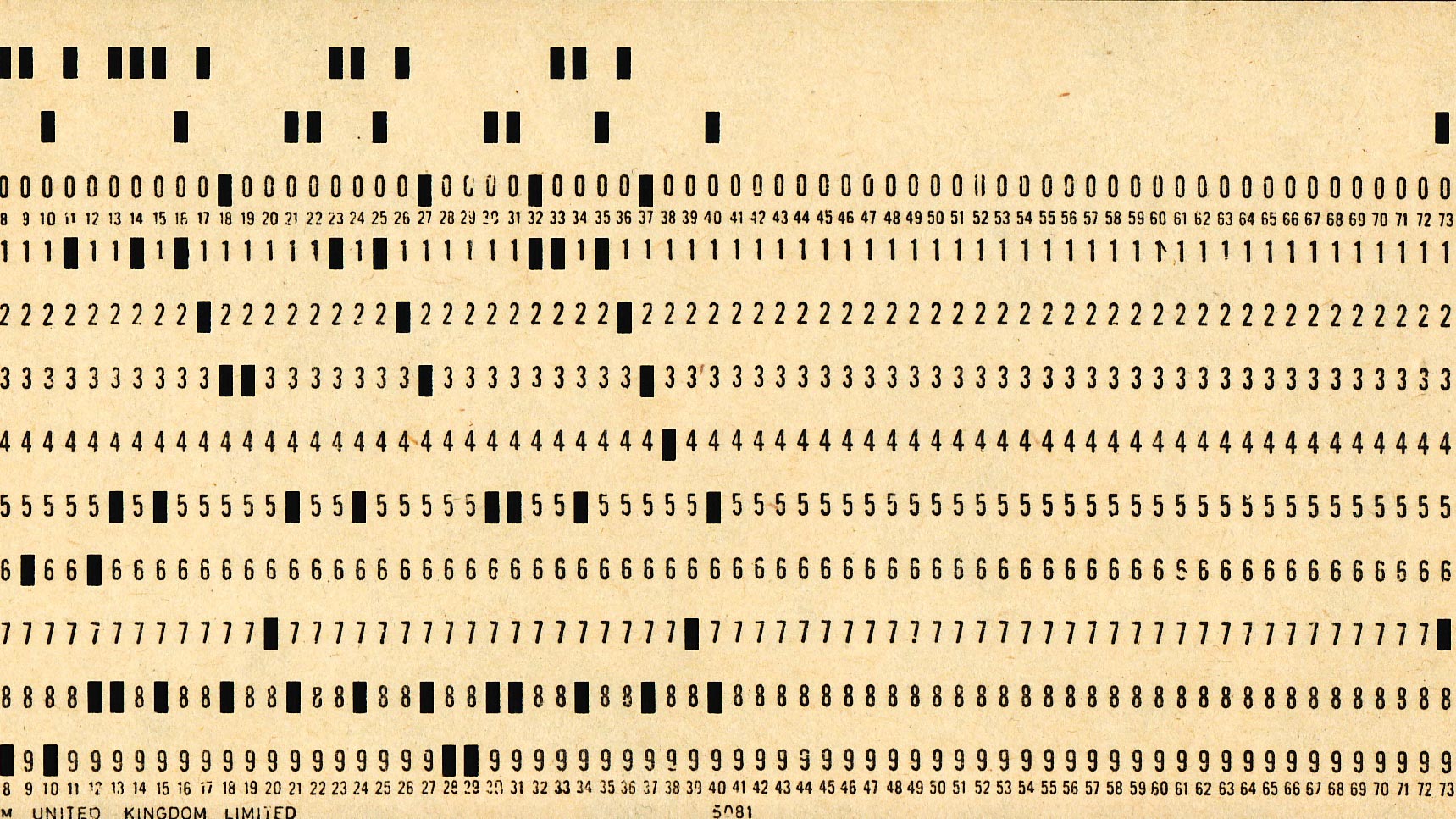The Emergence of Pain Quantification and Visualization in the Computation Culture of Cold War Era United States
Gabi Schaffzin
Visual Arts
UC San Diego
This project traces the emergence of pain measurement technologies as a history of computing and design. It argues that medical-, scientific-, and consumer-grade pain quantifying and visualizing mechanisms used in the twenty-first century United States have their roots primarily in the computation culture of the Cold War era. Throughout, it moves towards an understanding of how Foucauldian biopower works across scientific research, clinical practice, and industrial development of medical and consumer-grade technologies. Because this work is on the emergence of these technologies during the rise of the self-health movement, focus is given to the use of technologies around pain measurement through consumer products such as smartphone apps and consumer-grade EEG-based systems. Working at the intersection of science and technology studies, disability studies, and design studies, the project uses the theoretical frameworks presented by these fields to suggest that the aforementioned technologies must be understood as having authorship embedded within. This is particularly critical in consumer and biomedical contexts wherein an inherent objectivity surrounds the scientific and marketing discourse of these technologies.
Photo credit: Pete Birkinshaw


